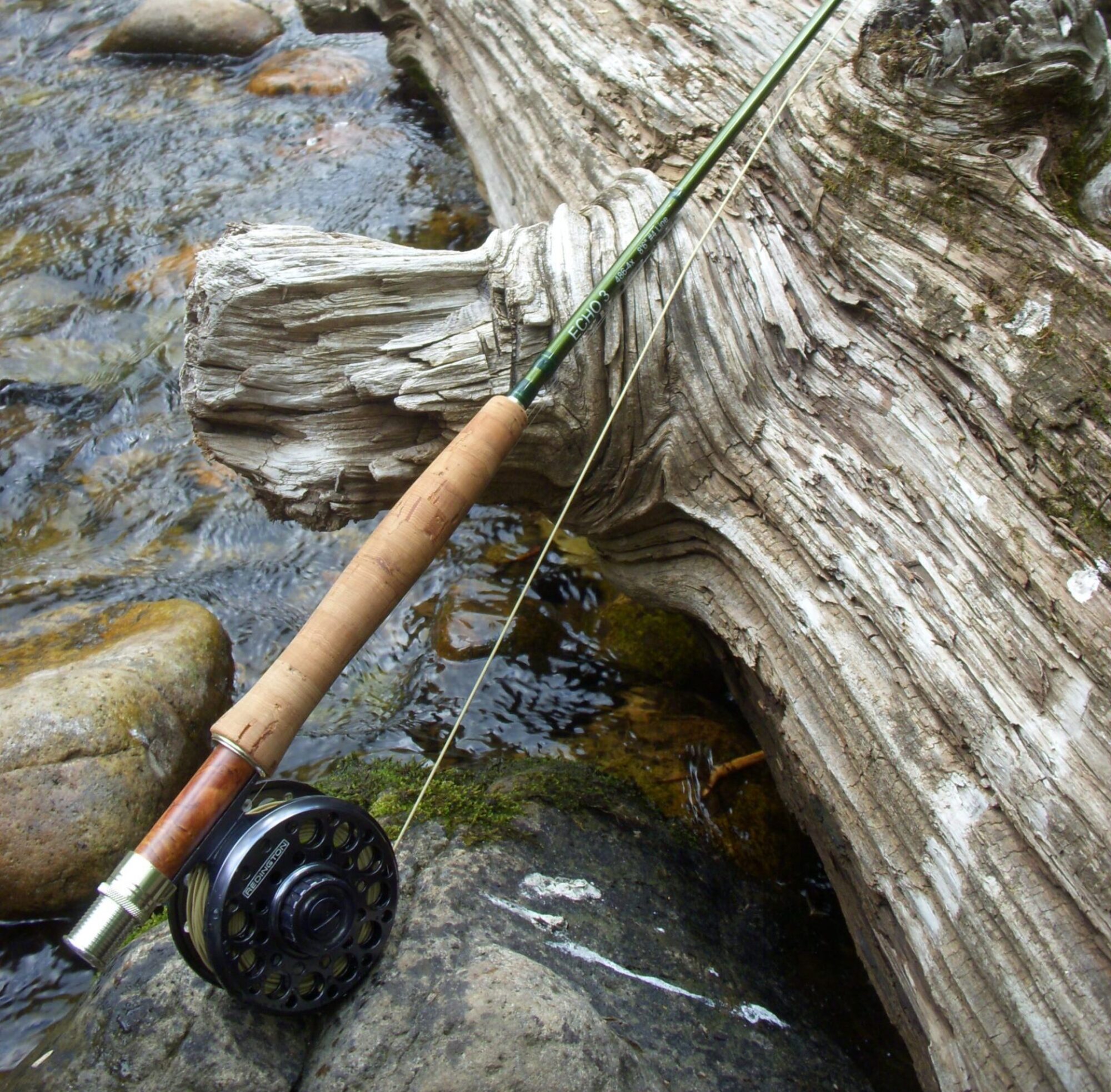Coping With the Wind
All fly fishermen are confronted with the challenges of casting in the wind. For the beginning and intermediate fly caster, these challenges can lead to significant frustrations and often resulting in avoiding fishing opportunities because the wind has been too overwhelming. The following tips will provide some guidance on how to prioritize the development of casting skills to best deal with the wind.
Tight Loops and Line Speed
Tight loops and fast line speed on both the forward and back cast are the two things that will get you farthest along in dealing with the wind. I would say that over 80% of the problem can be solved if you can achieve this goal. The rest of the problem is solved with specific casts and managing how you cast to a target. Learn skills to form tight loops first, and then focus on skills and techniques to develop faster line speed.
Tight loops, which are loops that are between one and two feet wide, are more efficient than wide or fat loops. This is important because the tight loop presents less leading surface area for the wind to push around. It’s much the same as moving the wing of an airplane through the air compared to a similarly weighted brick wall.
Briefly, a tight loop is formed, for a given length of fly line, when the rod tip travels through the casting arc in a straight path with smoothly applied power that is increasing at a constant rate and ends with a crisp, abrupt stop. A review of the five essentials of fly casting will provide a more detailed understanding of this concept. You should find a good casting instructor to help you achieve this more quickly.
Fast line speed provides the necessary energy to counter the additional resistance that the wind offers. A tight loop without enough line speed may cut through the air for a while, but it won’t be able to turn over adequately to present the fly to the target. The result of insufficient line speed is a fly line that collapses in a heap rather than a straightened fly line and leader. Fast line speed can be achieved by adding additional, properly applied power during the casting stroke or by the use of a single or double hauling technique.
Cast Modifications
A common problem that confronts a fly fisherman is that the wind inconveniently blows relative to the caster and the target. For example, you are casting to a target and the wind in blowing into your casting side. If you’re a right-handed caster, the wind is blowing from right to left. If you have relatively upright casting style, the fly line will inevitably crash into you or your rod during the cast. This can be very dangerous, because you can get hit by a weighted fly, or split shot and get hurt or hooked. If your rod gets hit, besides ruining an opportunity to present the fly properly, you can damage the integrity of the rod ultimately causing it to break.
This problem is relatively easy to solve by making a few modifications to your cast. One option is to lower the angle of the cast, bring it to a lower sidearm cast. This doesn’t necessarily reduce the wind effects on the cast, but it keeps the fly line and the fly away from your body and rod.
Another option is to cast over your opposite shoulder. This can be done simply by rotating the rod tip over your opposite shoulder and performing the cast. While you can cast with your casting arm extended across your body to the opposite side, it is easier and more flexible to simply leave your casting arm in the same position on your normal casting side, but rotate your rod hand enough to bring the rod tip over your opposite shoulder.
Another change available to the fly caster in this wind situation, which requires a new level of coordination, is to actually switch hands and cast using your left hand. I strongly recommend that people teach themselves how to cast with their non-dominant hand.
Finally, you can turn away from your target so that your forward cast is actually going away from the target. This will place the fly line downwind and away from your body during the cast. Then when you’re ready to present the fly, you will present it on the back cast. This means that your back cast needs to be relatively good, because you’re accuracy needs to be good enough to reach the target.
Wind Direction Adjustments
The previous section discussed dealing with a wind coming into the fly caster’s dominant casting side, but there are a few other wind directions that require some adjustment to how you target your cast, no matter what type of cast you choose to use.
No matter how well your loops are formed, or how much line speed you can achieve, you still have to deal with the effects of the wind on the delivery of the fly to the target – the presentation. It’s relatively intuitive that if you cast directly to a target with a lateral wind, the fly line and fly are going to be pushed in the direction the wind is blowing. To alleviate this, you must compensate by casting up wind of your target. The amount is determined by how strong the wind is and how far you are from your target; for stronger winds you would cast farther upwind, allowing the wind to push your fly onto the target.
The trajectory of the cast is another very important factor in casting in the wind – as important as tight loops and fast line speed. The casting trajectory describes the angle of the straight path that the rod must travel during the casting stroke relative to the ground or water. This trajectory will vary depending on what you’re target is or the conditions you are casting in. Under normal casting situations, the casting trajectory will be parallel or horizontal to the ground. Casting to a nearby target (less than 30 feet), you may angle your cast forward, leaning into the target. Casting for distance, you may angle your cast upward from horizontal. These variations are what you would use to make adjustments for the wind.
Finally, the tail wind is a direction that can greatly work in your favor, or give you a great headache. The headache comes when the loops on the backcast aren’t tight enough to move the line through the wind. Hence, my earliest point that achieving tight loops should be a high priority in your casting skill development. A large, fat loop on the backcast will provides a great target for the wind to grab and push into you, compounding all of the technical casting issues that these loops pose under windless situations, including slack problems and timing problems.
When you are casting with the wind behind you, cast with a higher angle backcast, so that the wind pushes the line upward. Then on the forward cast, keep your arm and rod high allowing the wind to push the line toward the target. You should actually use less power on the forward cast in the wind, because the wind is going to contribute to the forward forces on the fly line.
Use these suggestions as guidance in the prioritizing of your casting learning. Don’t let the wind be a deterrent to fly fishing, just a challenge to what you need to learn to become a better fly fisherman.

